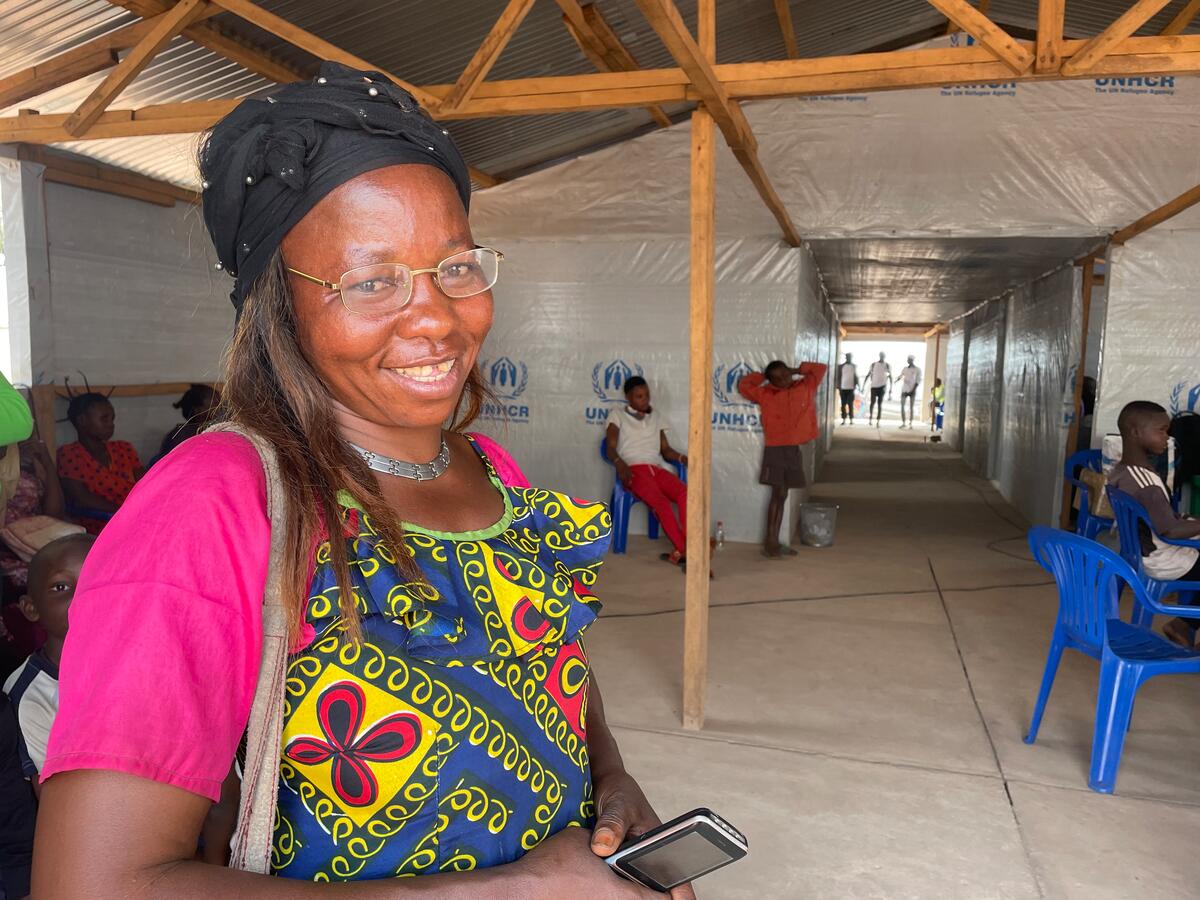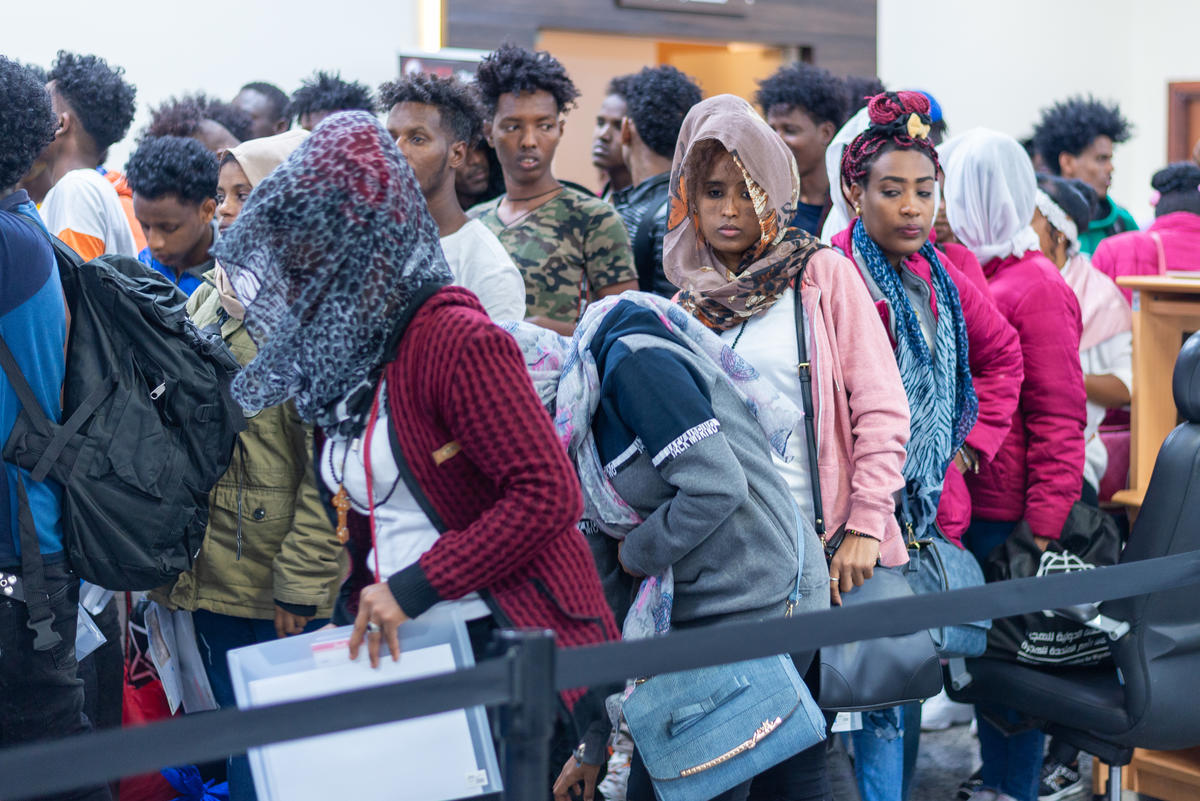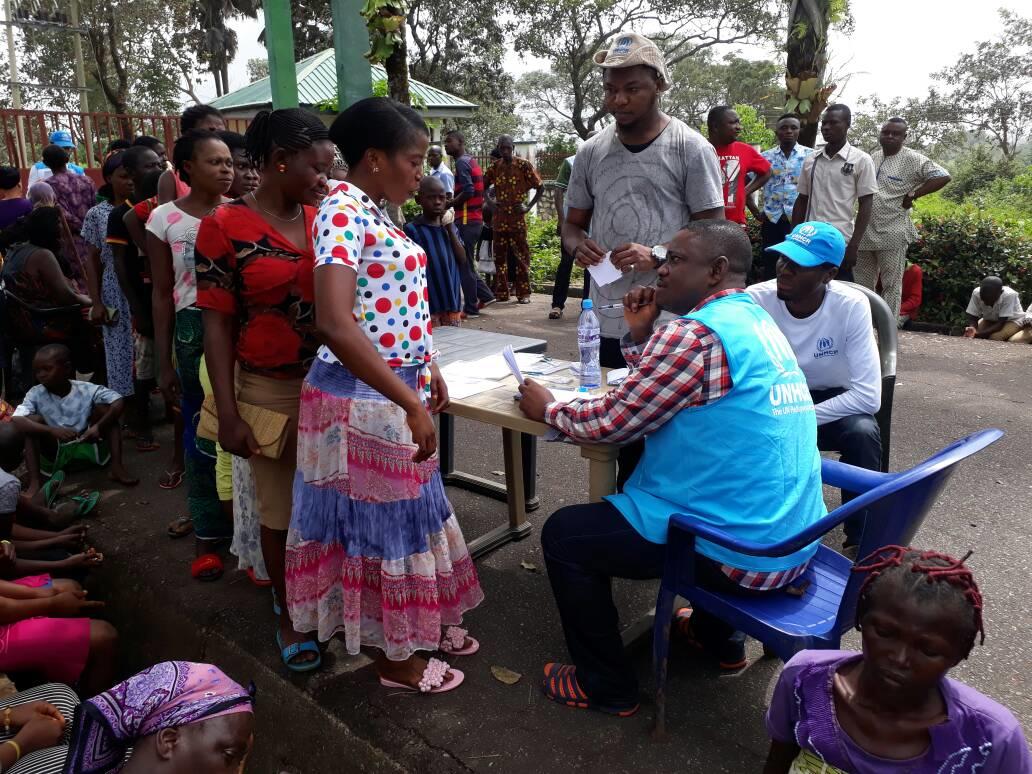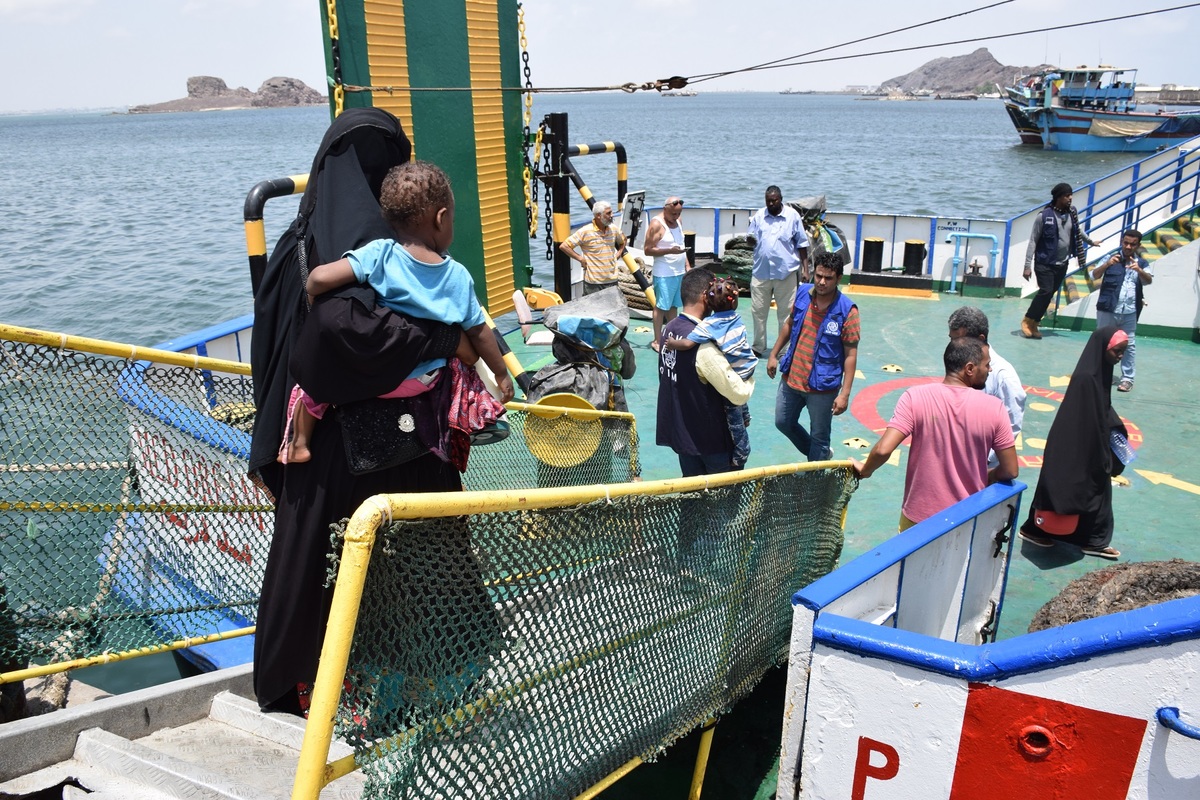Angolan returns cross 40,000 mark despite obstacles and rains
Angolan returns cross 40,000 mark despite obstacles and rains

LUANDA, Angola, Oct 28 (UNHCR) - After helping more than 40,000 Angolan refugees go home amid challenges in the last four months, the UN refugee agency is expecting the pace of returns to slow down as the rainy season starts in some parts of Angola.
This week, the number of refugees returning to Angola with UNHCR assistance since the start of voluntary repatriation in June passed the 40,000 mark. Nearly half of them came from the Democratic Republic of the Congo (DRC, nearly 20,000), followed by Zambia (nearly 17,000) and Namibia (over 3,000).
Despite the encouraging numbers, UNHCR still faces many challenges in its return operation. About 40 percent of the intended districts of return for refugees remaining in neighbouring countries are still closed for return due to the presence of landmines and other unexploded ordnance, as well as the lack of infrastructure and basic services.
The local population and aid agencies alike are facing the continued danger of landmines in Angola. Two separate incidents were reported last week alone and four people have been injured in one of these incidents.
The onset of the rainy season and the resulting road conditions are likely to add to these obstacles and slow down the pace of repatriation to Angola. UNHCR is, however, assessing the viability of continuing repatriation convoys through the rainy season. Depending on road conditions, the agency may still launch a pilot convoy this year from the DRC to Maquela do Zombo, in northern Uíge province - a new return route that had not been opened up until now due to bad roads and broken bridges.
Returns from Namibia are expected to continue well into November as the rains start later in southern Angola, which borders Namibia. UNHCR is planning the first movement to Cuangar in Kuando Kubango province, possibly as early as next week.
Other factors, such as the start of planting season in neighbouring DRC, may also affect repatriation as some Angolan refugees have also decided to postpone their return till after the harvest early next year.
There are still an estimated 300,000 Angolan refugees in neighbouring countries. The figure may be lower because more refugees could have gone back on their own than the 160,000 spontaneous returns recorded by the local authorities since April 2002, when a cease-fire agreement marked the end of the civil war in Angola.
UNHCR hopes to help 145,000 refugees return to Angola next year. Under the agency's repatriation initiative, returnees receive transport, food, relief items, as well as training on landmine and HIV/AIDS awareness. To help them reintegrate in their home communities, UNHCR and its partner agencies also run projects in health, water, sanitation and education, in addition to rehabilitating roads and other infrastructure for returnees and their communities.
Spontaneous returnees are assisted in the same way as those who return with UNHCR convoys, provided they present themselves to one of the agency's eight reception centres or offices along Angola's border provinces. Only onward transport may not be provided if they originate from areas which have not been declared open for return.







